Home>Interior Design>What Is The Best Color For Bedroom Walls? The Experts Choice
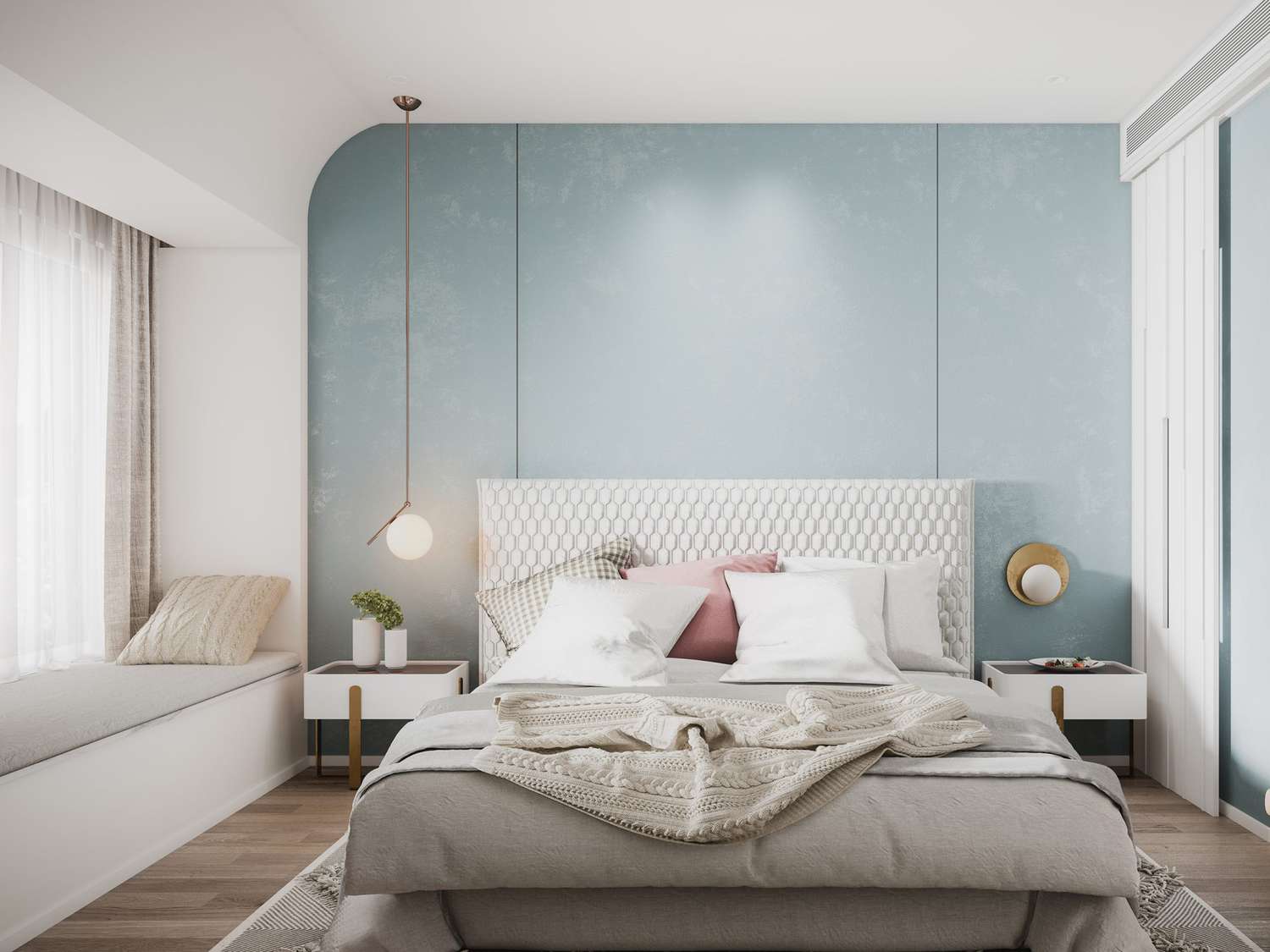

Interior Design
What Is The Best Color For Bedroom Walls? The Experts Choice
Modified: December 7, 2023
Discover the experts' choice for the best color for bedroom walls in interior design. Find out how to create the perfect ambiance in your bedroom with the right color scheme.
(Many of the links in this article redirect to a specific reviewed product. Your purchase of these products through affiliate links helps to generate commission for Storables.com, at no extra cost. Learn more)
Introduction
Choosing the right color for bedroom walls is a crucial decision when it comes to interior design. The color of your bedroom walls can significantly impact the overall ambiance and mood of the space, creating a calming or energizing environment. Whether you’re redecorating your bedroom or moving into a new home, selecting the best color for your bedroom walls requires careful consideration.
When it comes to interior design, color psychology plays a vital role in influencing our emotions and well-being. Different colors have the power to evoke certain feelings and create a specific atmosphere. Understanding the dynamics of color and its impact can help you create a bedroom that fosters rest, relaxation, and rejuvenation.
In this article, we will delve into the importance of choosing the right color for bedroom walls, explore the factors to consider before making a choice, and provide expert tips on selecting the optimal bedroom wall color. Additionally, we will discuss the effects of different colors on mood and sleep, and highlight popular bedroom wall colors recommended by interior design experts.
So, if you’re ready to transform your bedroom and create a space that embodies your desired ambiance, let’s dive into the world of color and discover the best color for your bedroom walls.
Key Takeaways:
- Create a tranquil sanctuary by choosing calming colors like blue, green, or soft gray for your bedroom walls. Consider factors like lighting, room size, and personal preference to make an informed decision.
- Expert tips, such as starting with a neutral base and seeking professional advice, can guide you in selecting the optimal bedroom wall color. Understand the effects of different colors on mood and sleep to create a space that promotes relaxation and rejuvenation.
Importance of Choosing the Right Color for Bedroom Walls
The color of your bedroom walls goes beyond mere aesthetics. It has a profound impact on the overall ambiance and mood of your space. The right color can create a soothing and peaceful atmosphere, promoting relaxation and restful sleep. On the other hand, the wrong color choice can result in a space that feels chaotic or oppressive, disrupting your sleep and overall well-being.
When selecting the color for your bedroom walls, it is essential to consider the purpose of the room. Your bedroom is your sanctuary, a place where you retreat to relax and rejuvenate. Therefore, it is crucial to choose a color that promotes tranquility and helps you unwind after a long day.
Color psychology plays a significant role in influencing our emotions and behaviors. Certain colors have been proven to have specific effects on our state of mind and overall well-being. For example:
- Blue: Blue is often associated with serenity and calmness. It has a calming effect on the nervous system, making it an excellent choice for promoting restful sleep.
- Green: Green is known for its soothing and refreshing qualities. It evokes a sense of harmony and balance, making it ideal for creating a peaceful and tranquil bedroom environment.
- Neutral colors: Neutral colors like beige, gray, and taupe are versatile and timeless choices for bedroom walls. They create a neutral backdrop that complements various decor styles and allows you to add pops of color through furnishings and accessories.
- Warm colors: Warm colors like yellow, orange, and red can add a cozy and intimate feel to a bedroom. However, it’s essential to use them in moderation as they can be stimulating and may not promote a restful sleep environment.
Moreover, the color of your bedroom walls can also create an illusion of space. Lighter colors tend to make a room feel more spacious and airy, while darker shades can make a space feel more intimate and cozy.
By carefully selecting the right color for your bedroom walls, you can create an environment that promotes relaxation, rejuvenation, and restful sleep. It sets the tone for your entire bedroom decor and influences the overall feel of the space.
Next, let’s explore the factors to consider before choosing the best color for your bedroom walls, ensuring you make an informed decision that perfectly suits your needs and preferences.
Factors to Consider Before Choosing the Best Color
Before selecting the best color for your bedroom walls, there are several factors you should consider to ensure that you make the right choice. Taking the time to evaluate these factors will help you create a harmonious and visually appealing bedroom environment.
1. Personal Preference: Your personal preferences should be the starting point when deciding on a bedroom wall color. Consider the colors that you naturally gravitate towards and that make you feel comfortable and at ease. Remember, you will be spending a significant amount of time in your bedroom, so choose a color that resonates with you.
2. Lighting: The amount and type of lighting in your bedroom can influence how colors appear. Natural light and artificial lighting can alter the perceived color of your walls. Consider the direction of the windows, as well as the color temperature of your light bulbs, to ensure that your chosen color looks its best in different lighting conditions.
3. Room Size: The size of your bedroom should also be taken into account when choosing a wall color. Lighter colors tend to make a smaller room appear more spacious, while darker colors can make a larger room feel cozier. If you have a smaller bedroom, you may want to opt for lighter shades to create an open and airy feel.
4. Existing Decor: Consider the existing furniture, bedding, and decor in your bedroom. Take note of their colors and patterns and choose a wall color that complements or enhances the overall aesthetic. You want the color of your walls to harmonize with the rest of the room rather than clash or overpower the existing elements.
5. Desired Mood: Think about the mood or atmosphere you want to create in your bedroom. Are you looking for a calm and serene space, or do you prefer something more vibrant and energetic? Different colors evoke different emotions, so choose a color that aligns with the mood you want to cultivate in your bedroom.
6. Longevity: Consider how long you plan to keep the current bedroom decor. If you frequently change your decor style, you may want to opt for a neutral wall color that provides flexibility and allows you to switch up your bedroom’s look more easily.
7. Consideration of Other Spaces: If your bedroom is connected to other areas of your home, consider how the color of your bedroom walls will flow with the adjacent spaces. Creating a cohesive color palette throughout your home can enhance the overall visual appeal and create a sense of harmony.
By taking these factors into account, you can narrow down your choices and make an informed decision about the best color for your bedroom walls. Next, let’s explore some expert tips on selecting the optimal bedroom wall color.
Expert Tips for Selecting the Optimal Bedroom Wall Color
When it comes to choosing the optimal bedroom wall color, there are some expert tips that can help guide your decision-making process. By following these tips, you can create a bedroom space that is visually appealing, promotes relaxation, and reflects your personal style.
1. Consider the purpose of the room: Think about how you use your bedroom. Is it primarily a space for sleeping and relaxation, or do you also use it as a workspace or entertainment area? Consider the activities you engage in and choose a color that aligns with the intended purpose of the room.
2. Start with a neutral base: Neutral colors such as whites, creams, and grays provide a versatile base that can easily be accessorized with different colors and decor styles. They create a calming and timeless backdrop for your bedroom and allow you to change the look and feel of the space without repainting the walls.
3. Take inspiration from your favorite things: Look around your home and identify items, such as artwork, textiles, or nature, that evoke positive emotions. Use these items as inspiration for your bedroom wall color. Incorporating colors that you already love and resonate with can help create a space that feels personal and meaningful.
4. Test before committing: Before painting all of your bedroom walls, it is crucial to test the color on a small section to see how it looks in different lighting conditions throughout the day. Paint a sample on a large piece of poster board or directly on the wall, observe it at different times, and assess if it creates the desired ambiance and mood.
5. Consider the color temperature: Colors can be categorized as warm or cool based on their undertones. Warm colors, such as reds, oranges, and yellows, create a cozy and inviting atmosphere. Cool colors, like blues and greens, bring a sense of calmness and tranquility. Consider the color temperature that aligns with the atmosphere you want to create in your bedroom.
6. Don’t neglect the ceiling: While the focus is often on the walls, the color of your bedroom ceiling can also play a role in the overall aesthetic. Consider painting the ceiling a lighter shade of the wall color or opting for a subtle, complementing hue to create depth and visual interest.
7. Seek professional advice: If you’re unsure about the best color for your bedroom walls, don’t hesitate to consult with an interior designer or color expert. They can provide valuable insights and help you choose a color that fits your style, enhances your space, and promotes a restful environment.
By following these expert tips, you can navigate the process of selecting the optimal bedroom wall color with confidence and create a space that is both visually pleasing and conducive to relaxation.
Now that we have discussed the importance of choosing the right color for bedroom walls and explored expert tips for selecting the optimal color, let’s delve into the effects of different colors on mood and sleep.
Consider using calming and soothing colors like soft blues, greens, or lavenders for bedroom walls. These colors can promote relaxation and better sleep.
Colors and Their Effects on Mood and Sleep
The color of your bedroom walls has a significant impact on your mood and sleep quality. Different colors evoke specific emotions and can either promote relaxation or stimulate energy. Understanding the effects of colors can help you create a bedroom environment that fosters restful sleep and emotional well-being.
1. Blue: Blue is often associated with tranquility, calmness, and serenity. It has a calming effect on the mind and body, making it an excellent choice for promoting sleep. Research has shown that people with blue bedrooms tend to experience longer and more restful sleep compared to those with other colored bedrooms.
2. Green: Green is known to create a soothing and refreshing atmosphere. It symbolizes nature and brings a sense of harmony and balance to a space. Green is a calming color that can reduce anxiety and promote a sense of relaxation, making it another great choice for the bedroom.
3. Yellow: Yellow is a cheerful and sunny color that can create a warm and inviting atmosphere. It is known to stimulate mental activity and creativity, making it a good choice for people who use their bedrooms as a workspace or enjoy waking up to a vibrant and energetic environment. However, it’s important to use yellow in moderation as too much of it can be overwhelming and may interfere with sleep quality.
4. Pink: Pink is often associated with feelings of tranquility, comfort, and nurturing. It has a calming effect on the mind and can promote relaxation, making it suitable for bedrooms, especially for children’s rooms or those who prefer a softer and more delicate ambiance.
5. Gray: Gray is a versatile and timeless color choice for bedroom walls. It can create a sense of serenity and elegance when paired with the right accent colors. Gray promotes a calming environment, making it ideal for those who prefer a neutral and understated aesthetic.
6. Purple: Purple is often associated with luxury, creativity, and spirituality. It can create a sense of mystery and intrigue in the bedroom. Lighter shades of purple, such as lavender, have a soothing and relaxing effect, while darker shades can evoke a sense of opulence and drama.
7. White: White is a classic and timeless color choice for bedroom walls. It symbolizes purity and cleanliness, creating a fresh and bright atmosphere. White walls can make a small room appear more spacious and serve as a blank canvas for adding pops of color through furniture and accessories.
While these color associations are generally accepted, it’s important to remember that individual preferences and cultural influences can also play a role in how colors affect mood and sleep. Experimenting with different shades and combinations can help you find the perfect color palette that promotes the desired ambiance in your bedroom.
Now that we have explored the effects of different colors on mood and sleep, let’s delve into some popular bedroom wall colors recommended by interior design experts.
Popular Bedroom Wall Colors Recommended by Experts
When it comes to selecting the perfect color for your bedroom walls, it can be helpful to seek inspiration from interior design experts. These professionals have extensive knowledge and experience in creating beautiful and functional spaces. Here are some popular bedroom wall colors recommended by experts:
1. Soft Gray: Soft gray is a versatile and calming color that provides a neutral backdrop for any bedroom decor style. It complements a wide range of colors and creates a serene and sophisticated atmosphere.
2. Pale Blue: Pale blue is a soothing color that promotes relaxation and tranquility. It has a calming effect on the mind and can help create a peaceful sleep environment.
3. Warm Beige: Warm beige is a timeless and inviting color that provides a sense of comfort and coziness in the bedroom. It pairs well with earthy tones and creates a warm and inviting atmosphere.
4. Lavender: Lavender is a soft and delicate color that brings a touch of serenity and elegance to the bedroom. It promotes restful sleep and relaxation, making it a popular choice for bedrooms.
5. Pale Green: Pale green is a refreshing and calming color that invokes a sense of nature and tranquility. It creates a harmonious and serene atmosphere, making it ideal for creating a peaceful sleep environment.
6. Warm Taupe: Warm taupe is a warm and earthy color that adds a sense of coziness and comfort to the bedroom. It pairs well with a variety of colors and can create a warm and inviting space.
7. Soft Pink: Soft pink is a gentle and soothing color that brings a feminine and peaceful touch to the bedroom. It creates a calming atmosphere and promotes restful sleep.
Remember, these recommendations are just a starting point, and ultimately, the best color for your bedroom walls depends on your personal preferences and the overall mood you want to create in your space. Don’t be afraid to experiment and find a color that aligns with your style and makes you feel most comfortable.
Now that we have explored popular bedroom wall colors recommended by experts, let’s conclude our discussion.
Conclusion
Choosing the right color for your bedroom walls is a critical decision that can greatly impact the overall ambiance, mood, and even the quality of your sleep. By understanding the importance of color psychology and considering factors such as personal preference, lighting, room size, existing decor, desired mood, longevity, and the connection to other spaces, you can make an informed decision that creates a harmonious and visually appealing bedroom environment.
Remember, expert tips can guide you in selecting the optimal wall color for your bedroom. Considering the purpose of the room, starting with a neutral base, taking inspiration from your favorite things, testing before committing, considering the color temperature, paying attention to the ceiling, and seeking professional advice are all valuable strategies for choosing the perfect color.
Furthermore, colors have direct effects on mood and sleep. From calming blues and greens to energizing yellows and creative purples, each color can evoke specific emotions. Understanding the effects of different colors can help you create a bedroom space that promotes relaxation, rejuvenation, and restful sleep.
Lastly, popular bedroom wall colors recommended by experts, such as soft gray, pale blue, warm beige, lavender, pale green, warm taupe, and soft pink, can serve as inspiration for finding the right color that suits your style and preferences.
In the end, the best color for your bedroom walls is the one that reflects your personal style, creates a peaceful and inviting atmosphere, and helps you unwind at the end of the day. So, take your time, consider all the factors, and trust your instincts when making this important design decision.
With the right color on your bedroom walls, you can transform your space into a sanctuary that promotes relaxation, rejuvenation, and a restful night’s sleep.
Frequently Asked Questions about What Is The Best Color For Bedroom Walls? The Experts Choice
Was this page helpful?
At Storables.com, we guarantee accurate and reliable information. Our content, validated by Expert Board Contributors, is crafted following stringent Editorial Policies. We're committed to providing you with well-researched, expert-backed insights for all your informational needs.
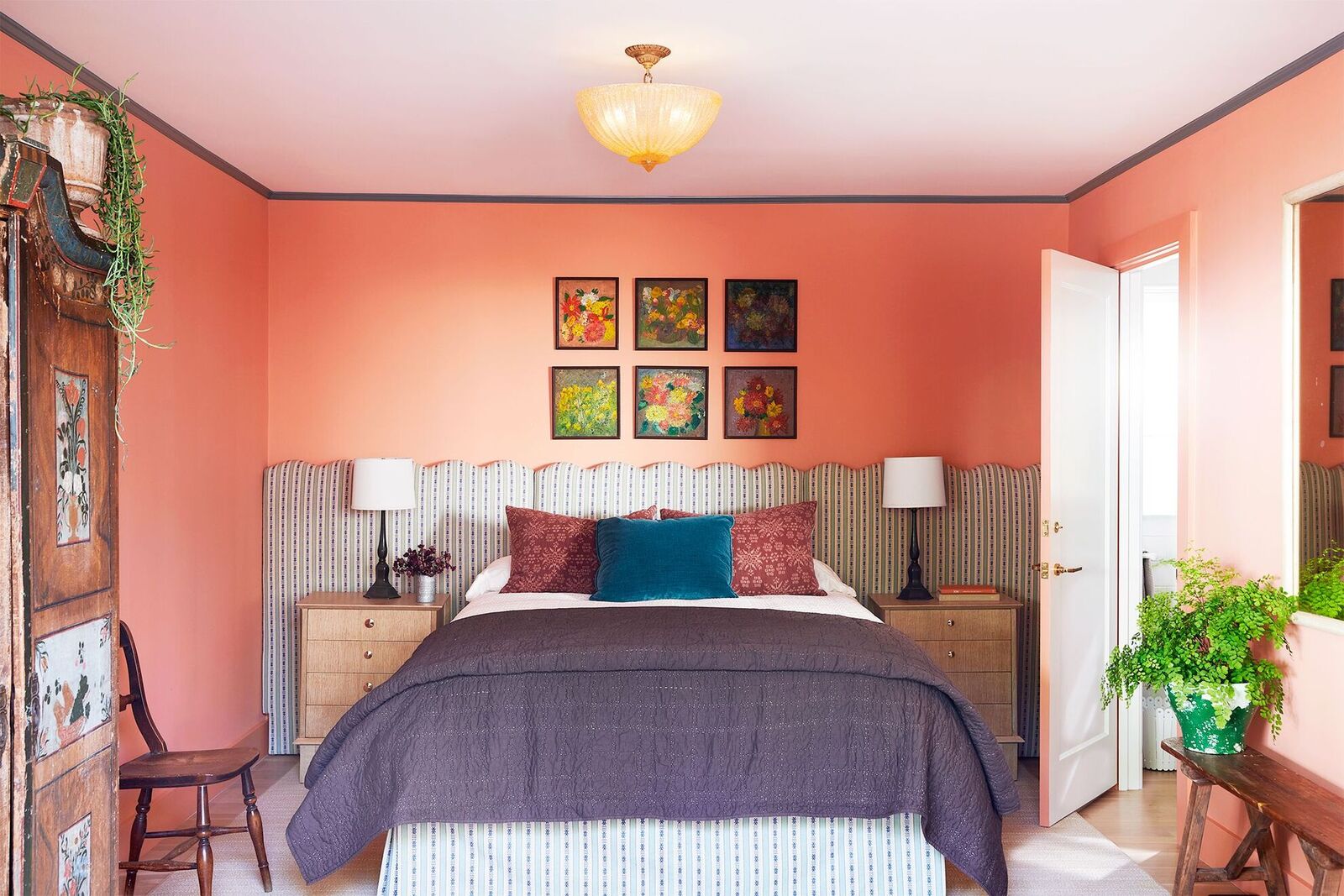
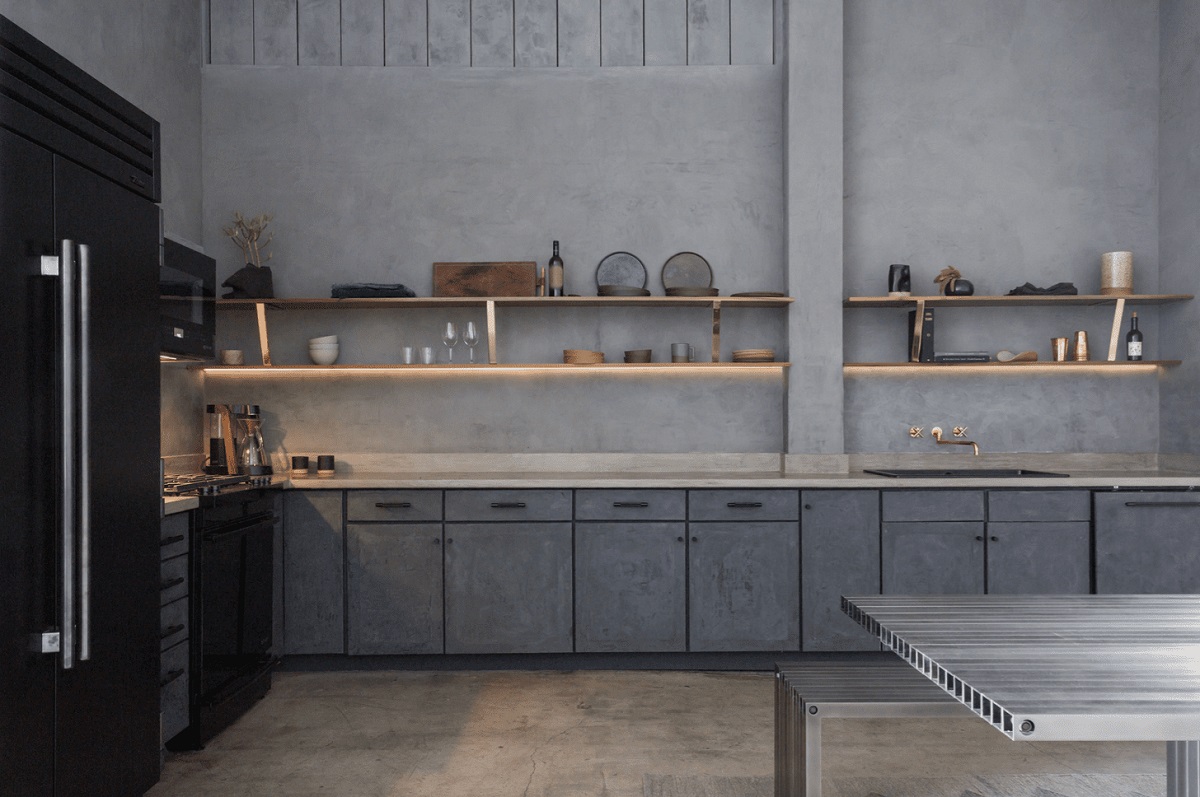
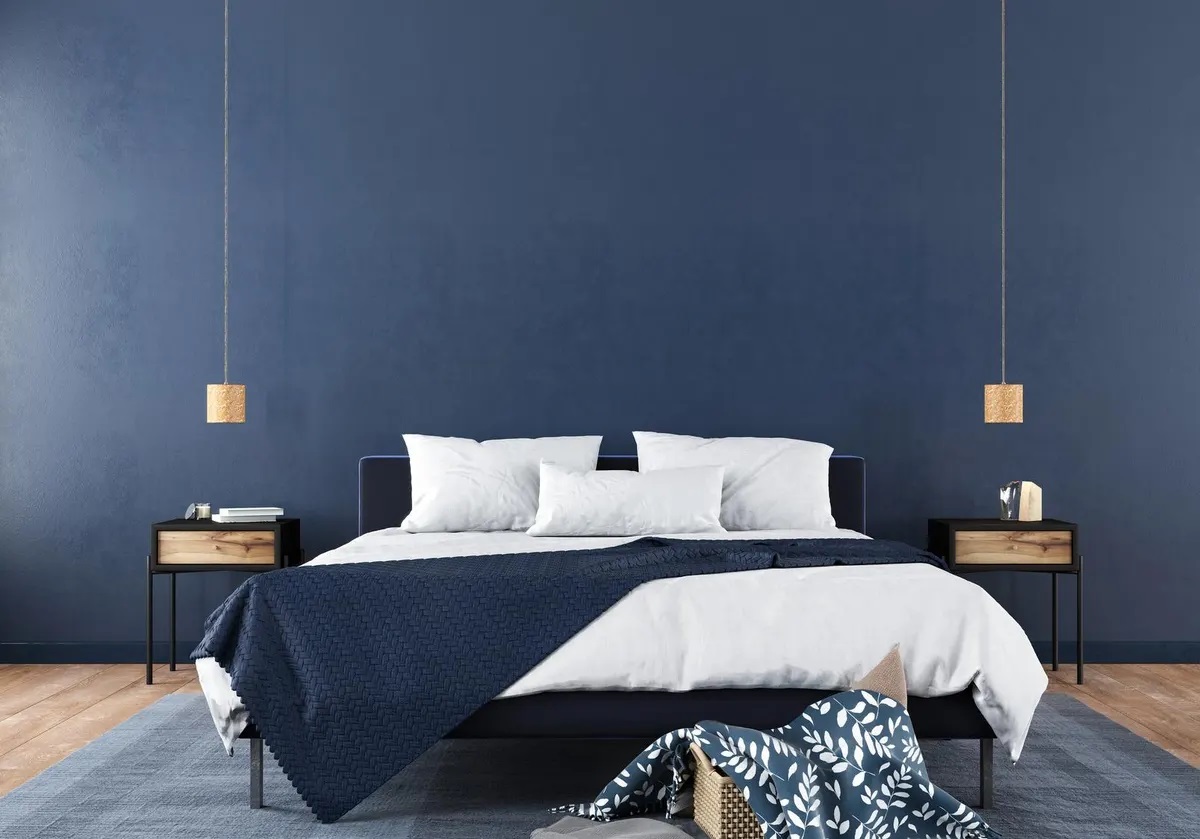
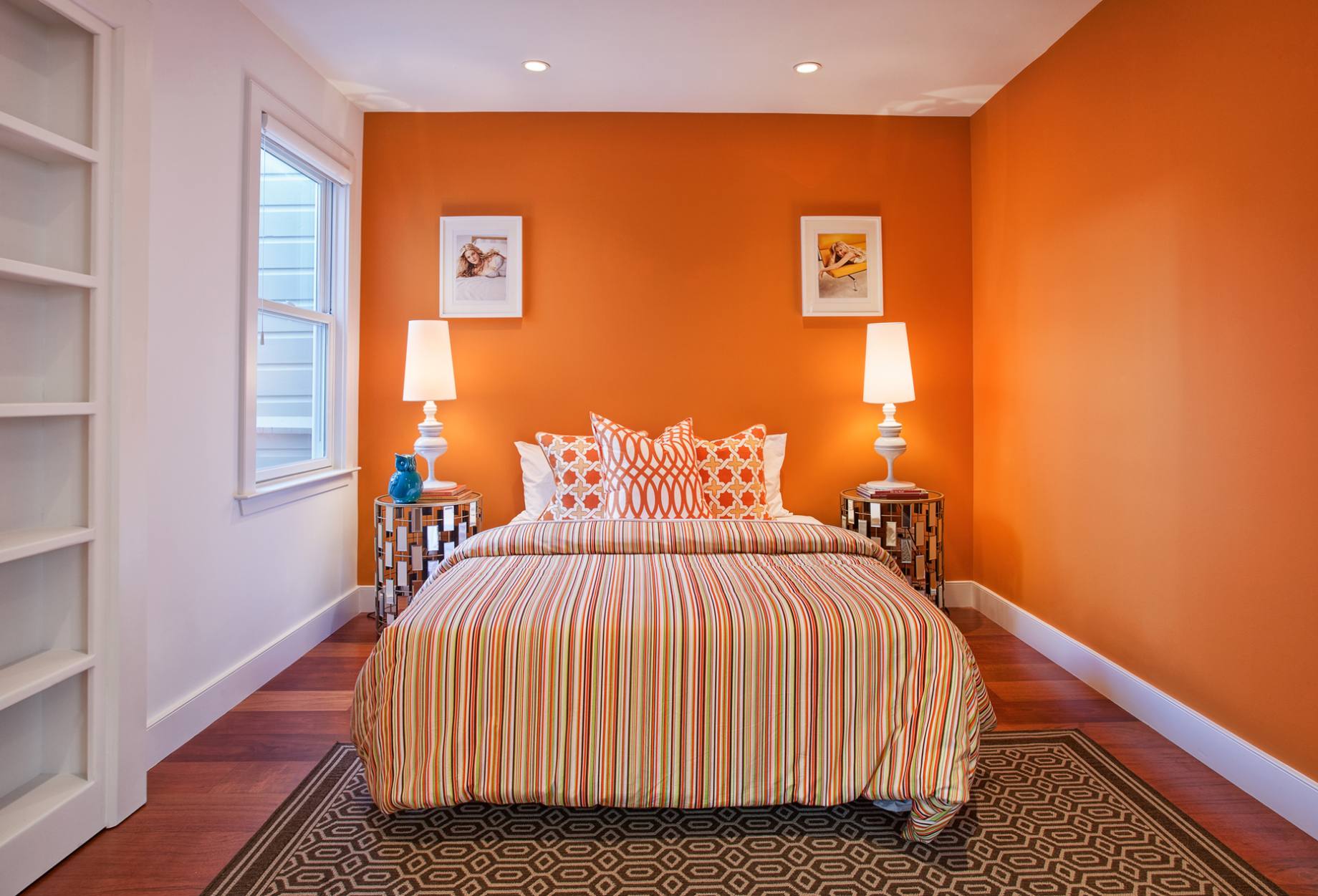
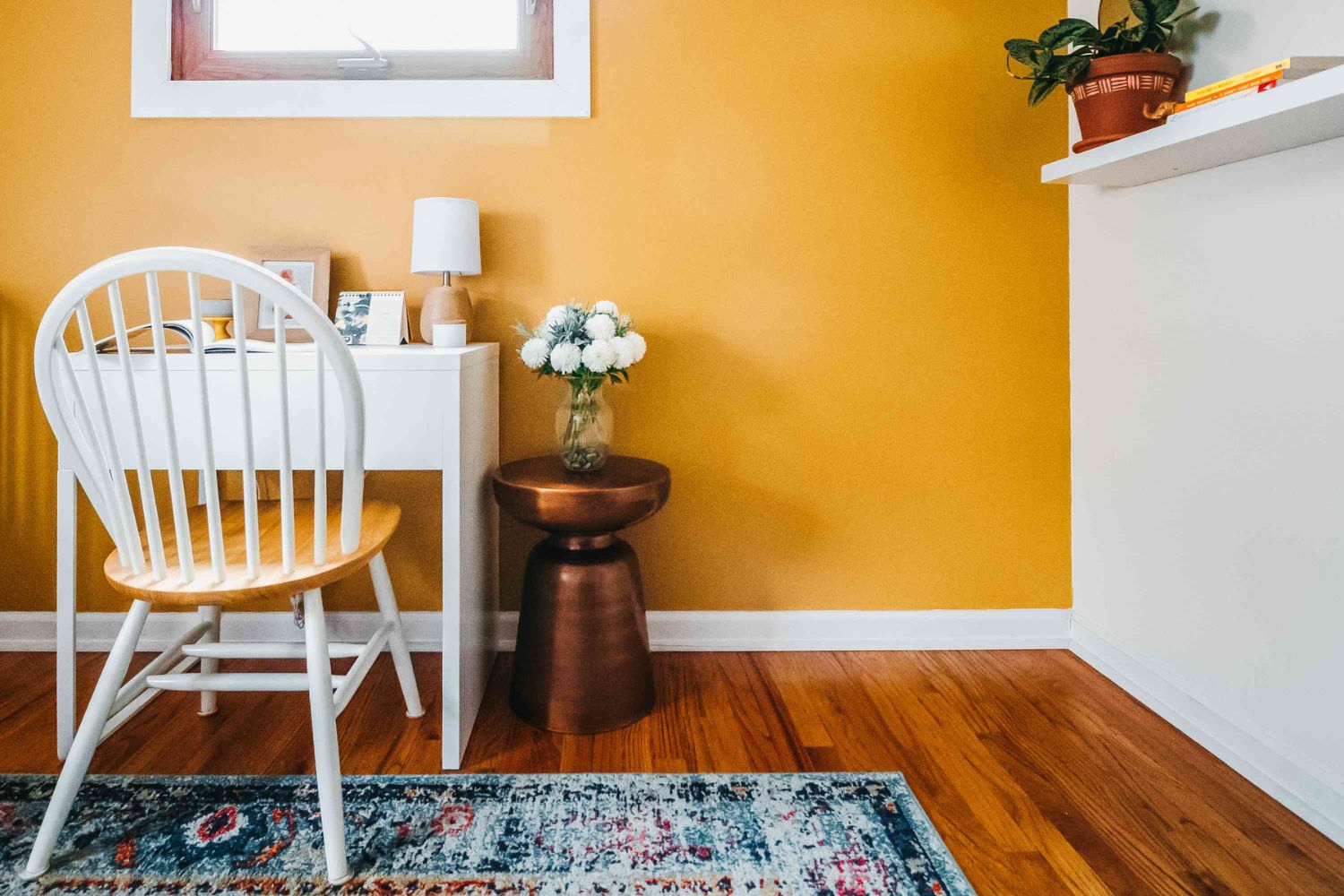
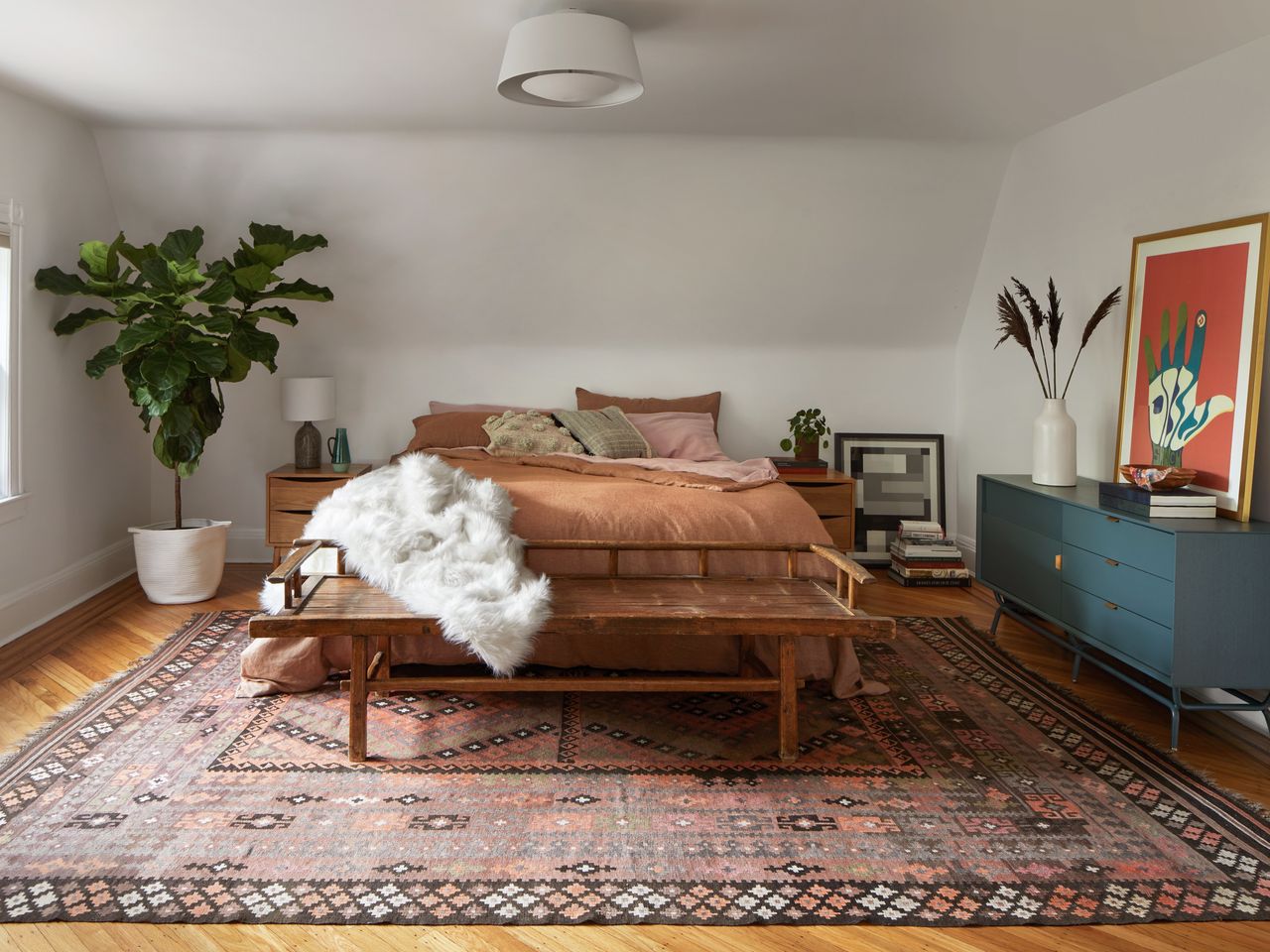
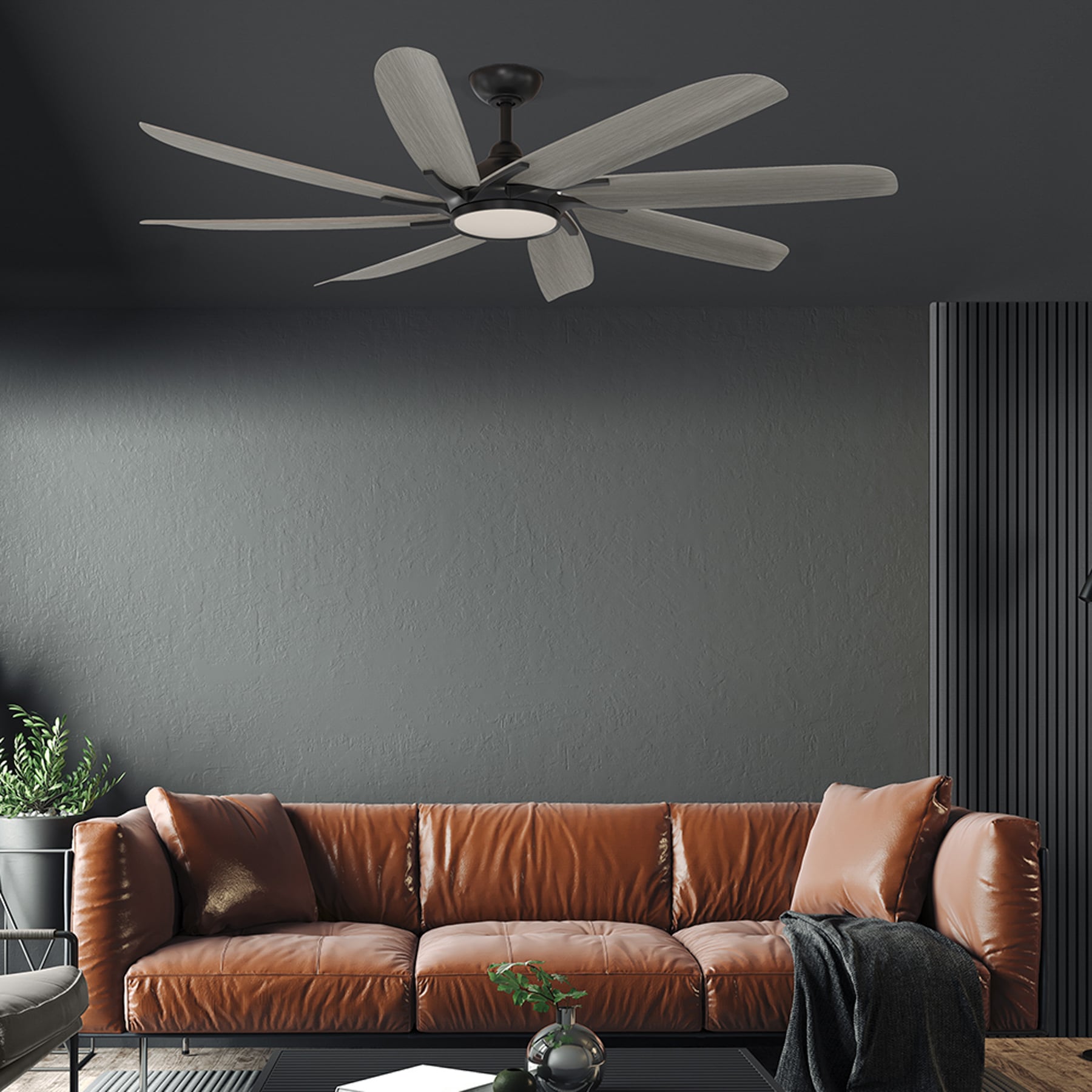
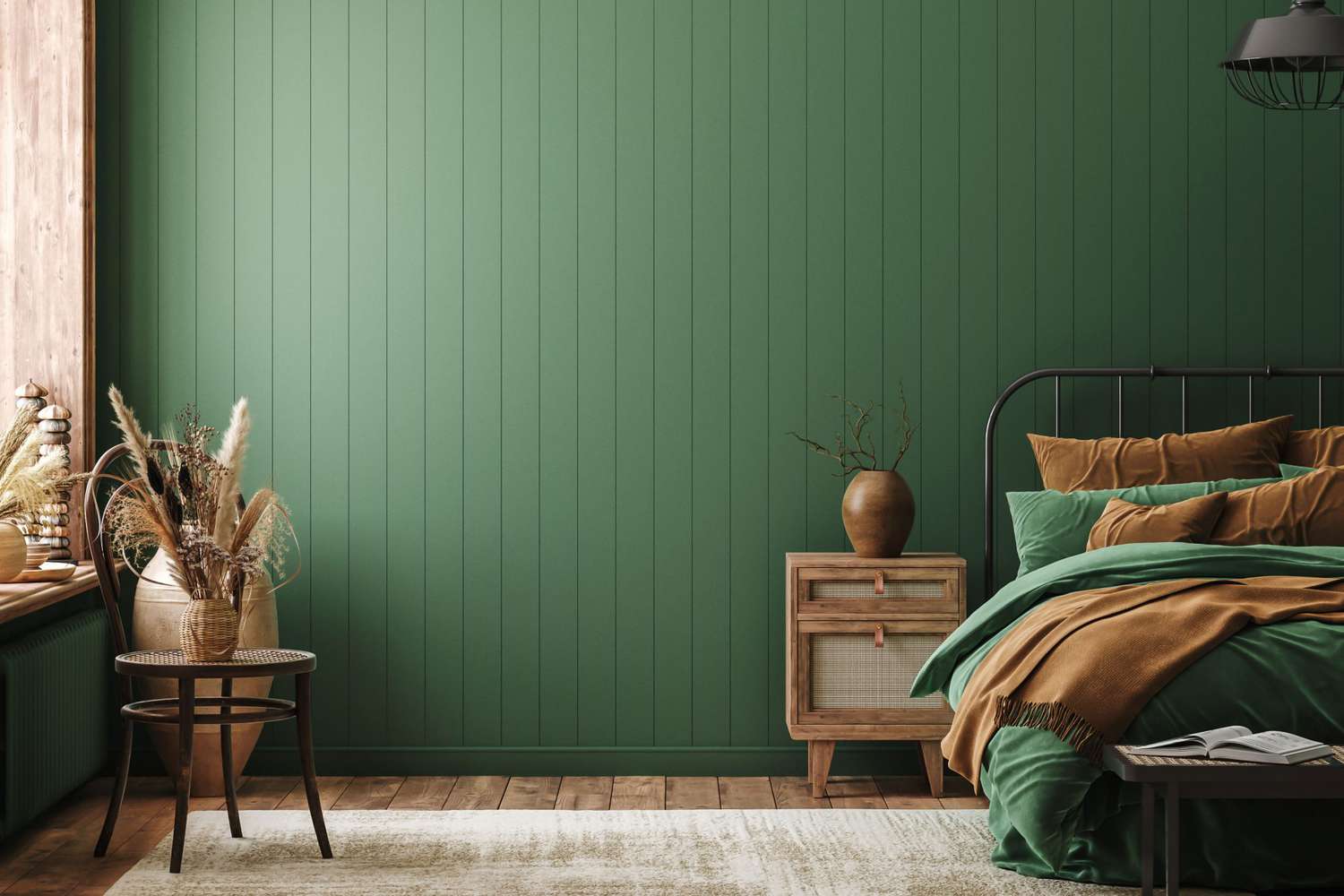
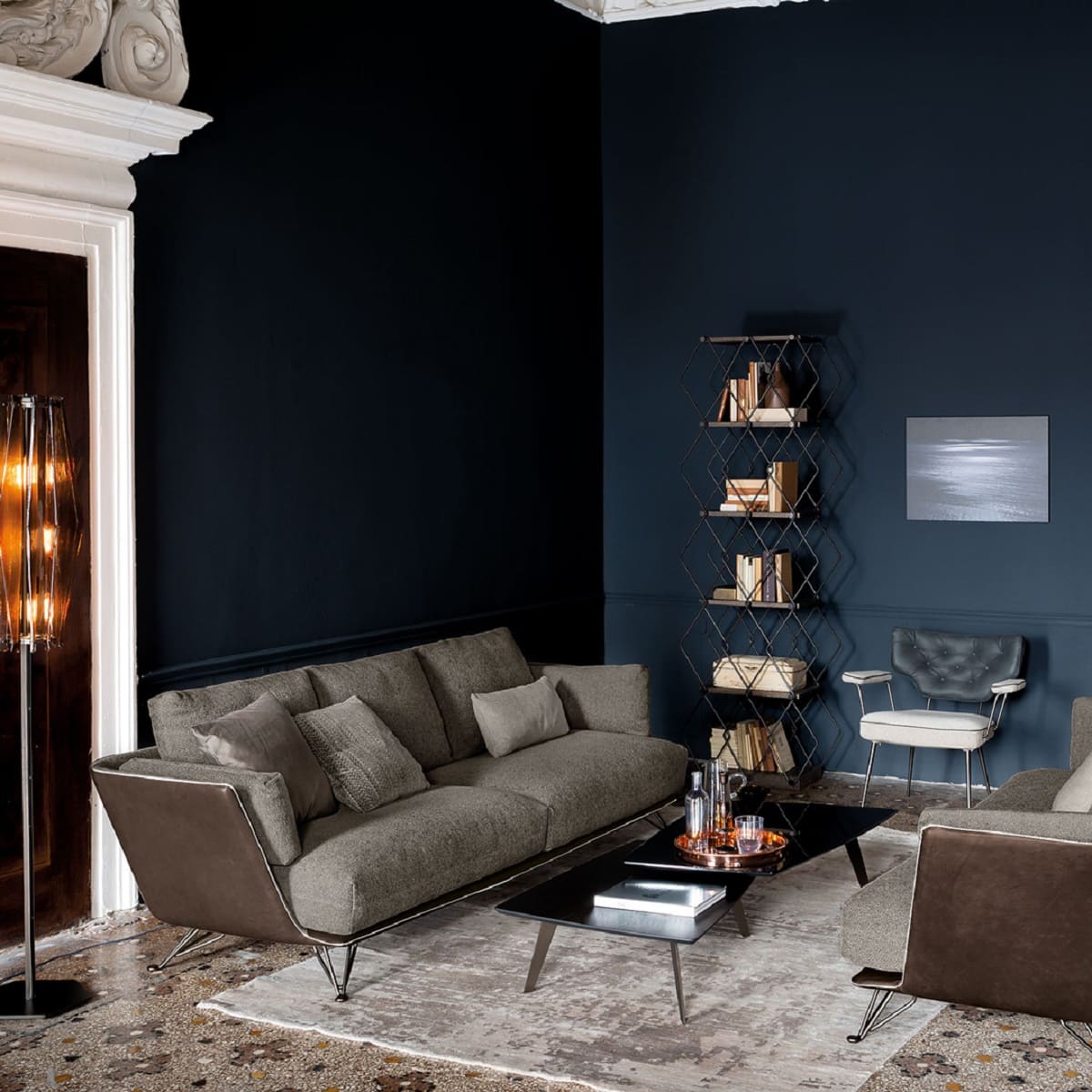
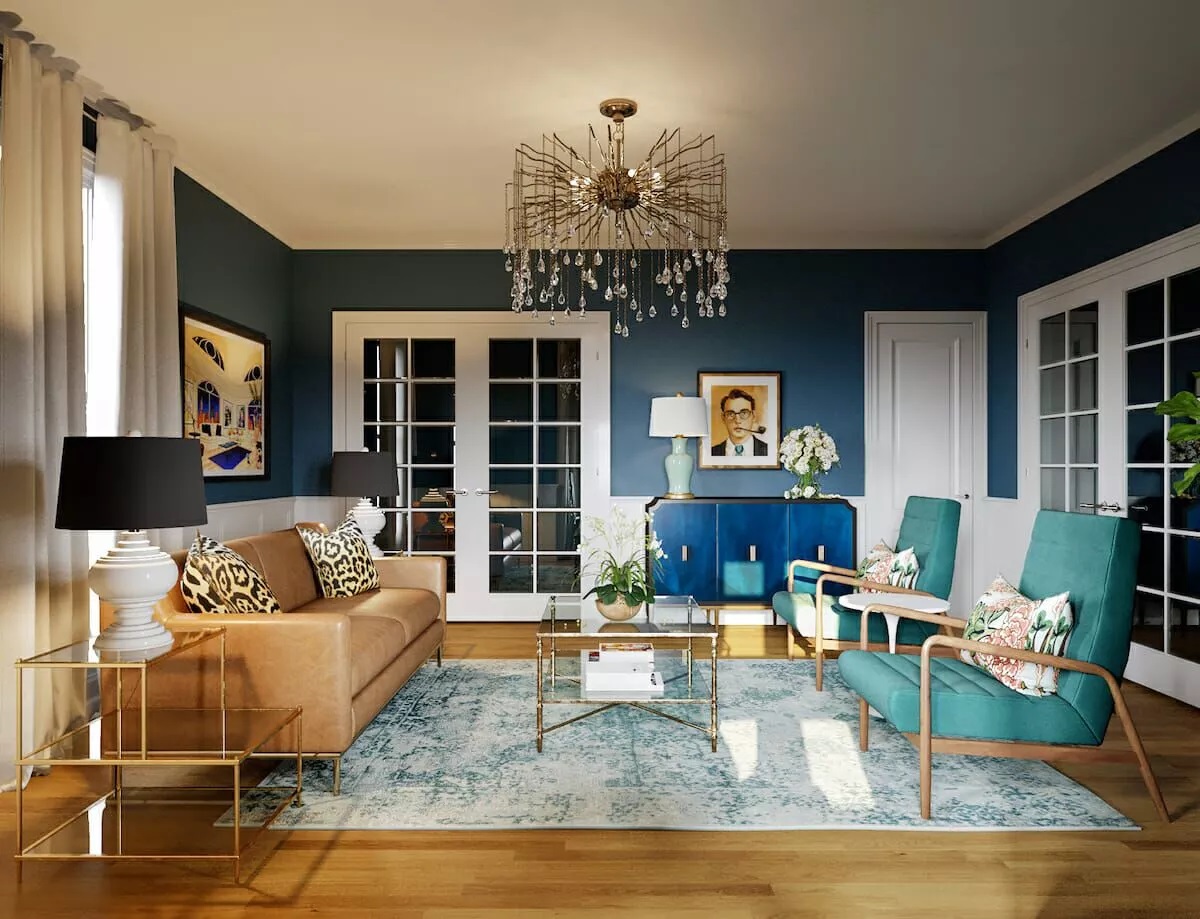
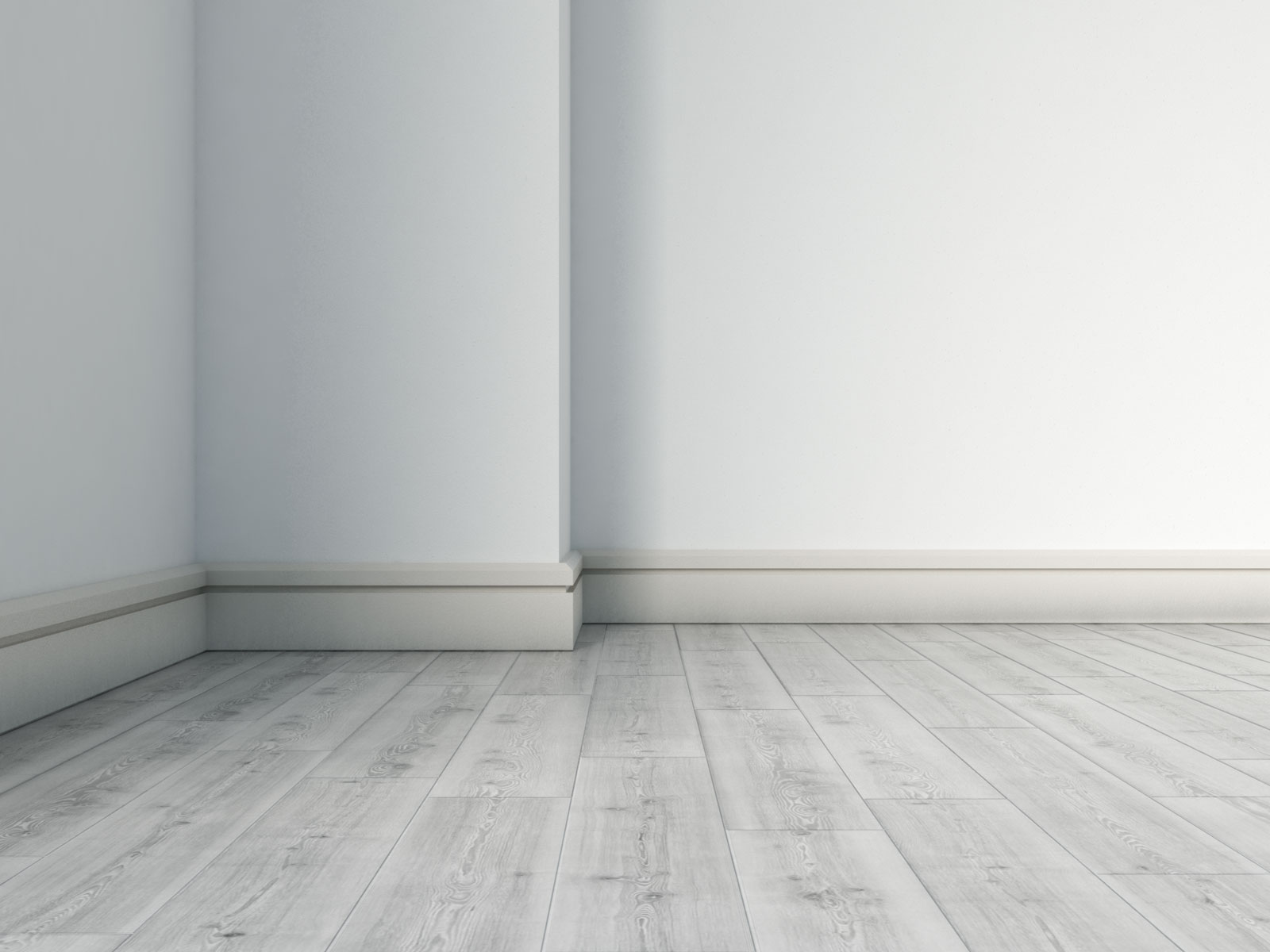
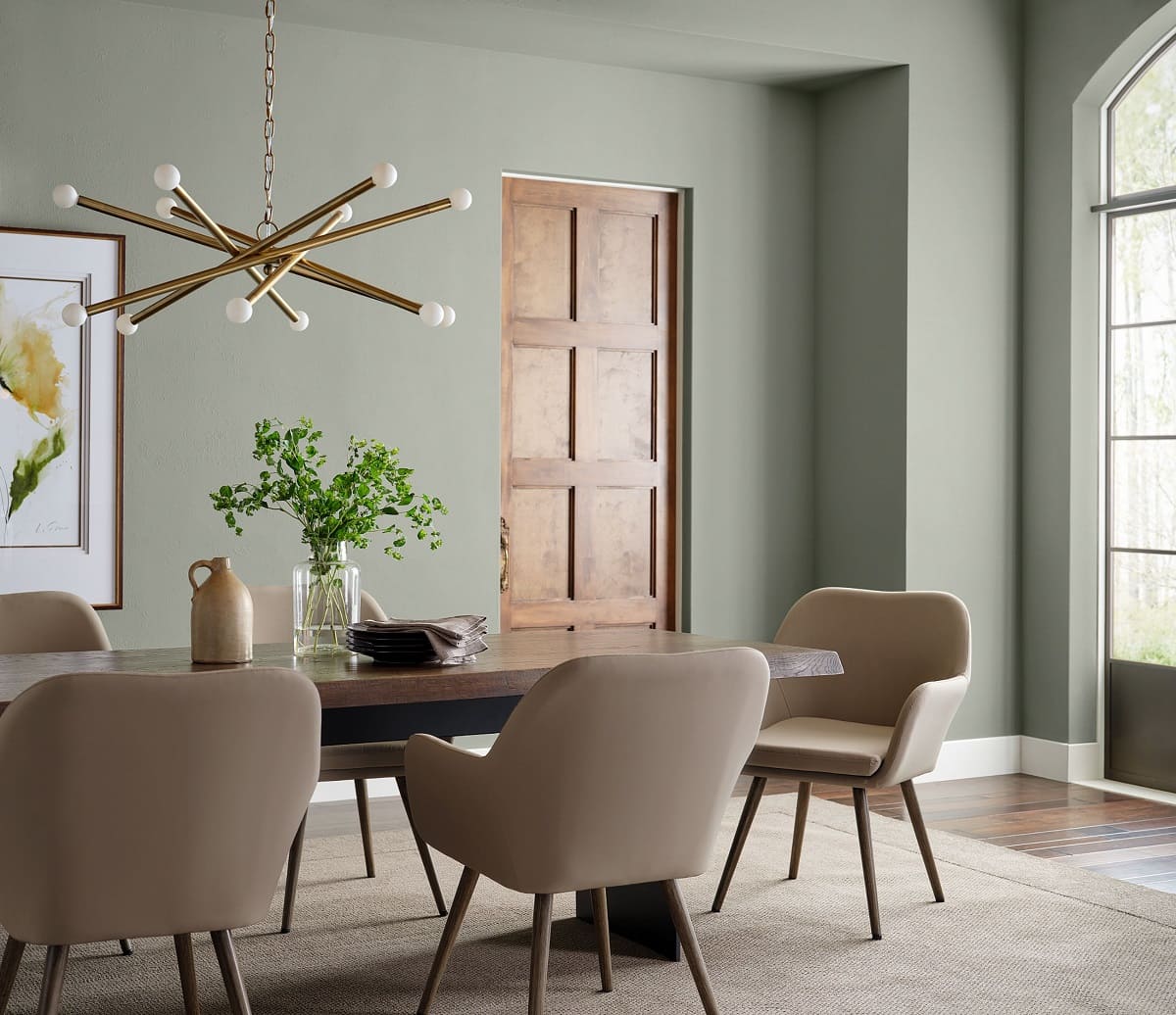
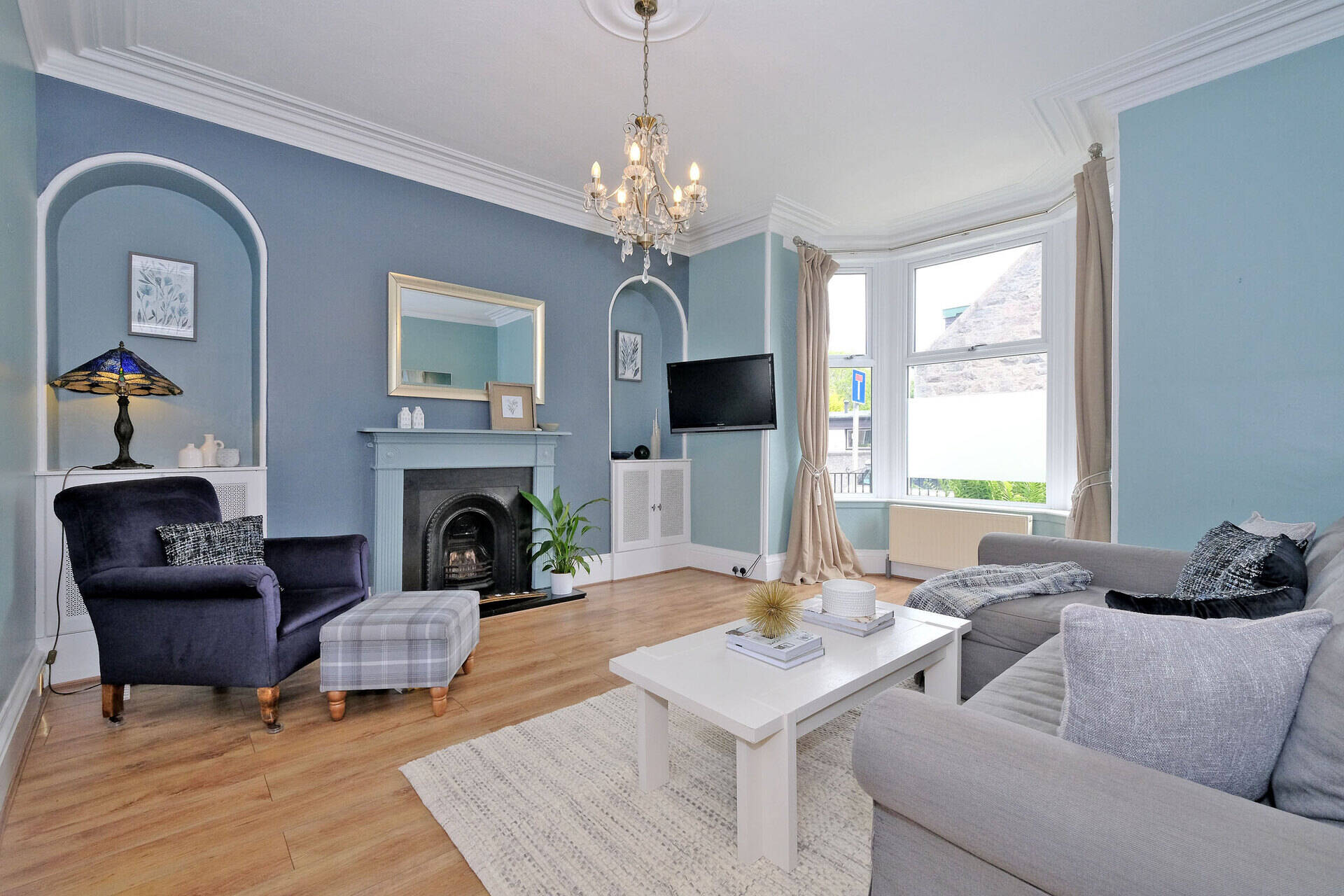
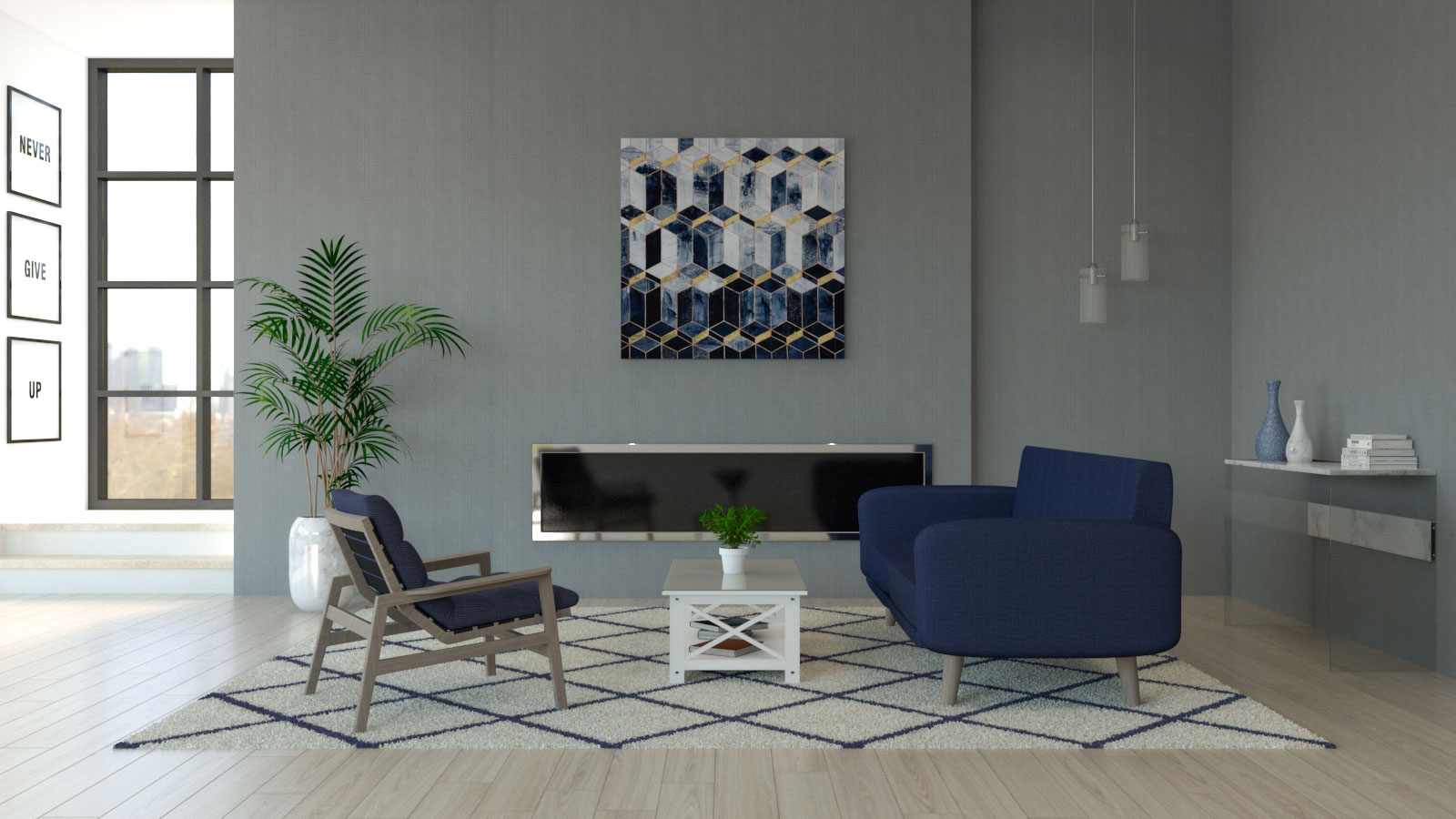

0 thoughts on “What Is The Best Color For Bedroom Walls? The Experts Choice”